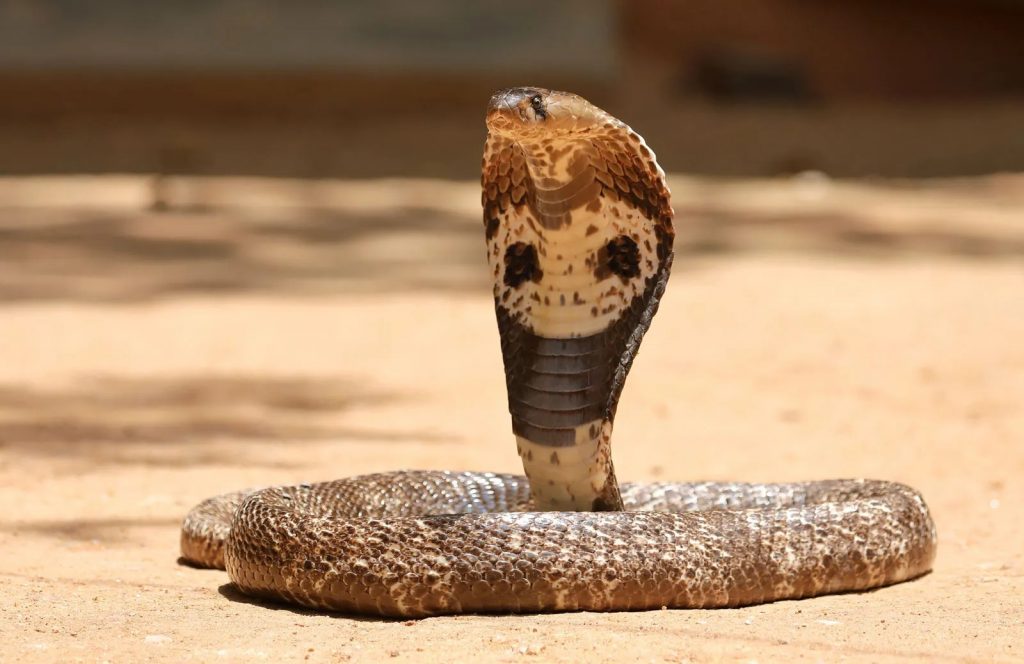Bhubaneswar: World Snake Day is observed globally July 16 to raise awareness about snakes. The day aims to change the negative perception surrounding snakes and promote love for all living beings, even the ones we fear. It is also a fact that many people in the state die every year due to snakebite.
Odisha recorded 1019 cases in 2019 which is the second highest after Madhya Pradesh, it included 756 males and 263 females, reports National Crime Records Bureau. A study estimated 1.2 million snakebite deaths from 2000-2019 which is 58,000 per year on average.
Niranjan Padhy, Medicine Specialist of Bhubaneswar Municipal Corporation Hospital said unawareness leads to death. “Snakebite victims are always advised to visit the nearest medical centres without delay. People die because they believe in the taboos over preventive care and anti-venom. People should know about proper first-aid after snakebite and the importance of golden hour treatment”.
In this context, the role of the snake-rescuers becomes significant, because they rescue snakes from the human settlements and relocate them far from humans. Had the rescuers not been in operation, the death tally surely would have been higher.
“It is equally a home for the snakes as it is for humans. We should all ensure amongst the public to follow the rules while encountering a snake. Beating them to death should never be an option,” said renowned snake rescuer Subhendu Mallik.
“Spectacled cobra, monocled cobra, common krait, Russell’s viper, saw-scaled viper, banded krait, king cobra and bamboo-pit viper are the most venomous snakes found in Odisha. There are many other non-venomous snakes found in the terrestrial areas. Rescue operations are often carried out in university campuses, airport and shopping complexes. Pythons are these days spotted in airports and college campuses of Bhubaneswar”, said Subhendu.
“The state needs to manage its snakebite burden which has increased over the years. Most snakebite victims are either unable to reach the healthcare facility in time or prefer to visit the traditional practitioners for immediate relief,” Subhendu concluded.
Wildlife tour leader and photographer for the last 15 years, Durgesh Singh said the state government should make measures to facilitate accessible emergency response in case of snakebite and provide access to latest anti-venoms.
“Superstitions and social taboos need to be addressed by regular awareness campaigns from forest and health department of the state. NGOs and other voluntary organisations should be encouraged by state government to take up awareness programs,” Singh added.
“Not all snakes are venomous. People also need to be made aware of that. Proper identification and taking good precautions while in the outdoors will reduce the encounters to a great deal. A state level dedicated snakebite helpline number will be a great way to start with,” Singh concluded.
Anisha, an engineering student who is working on a snakerelated application said, “This application will come in use after an encounter with snake. People usually kill the snake on encounters out of fear. With the help of this application, we can know the details of the snake whether it is venomous or not. This application will also send a notification to the snake rescuer team if opted,” she added.
By Smruti Rekha Barik, OP
